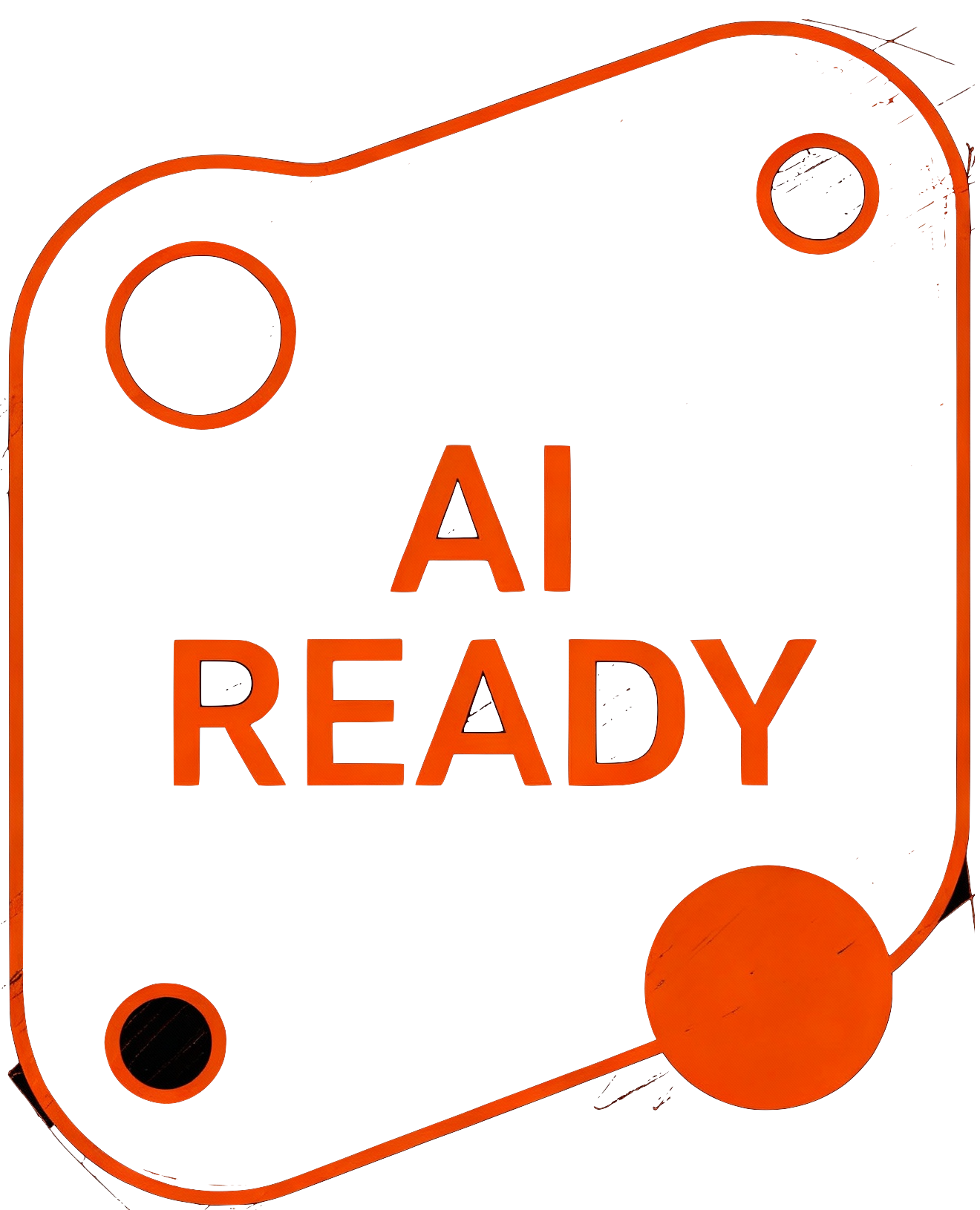From hype to impact: A game plan for production ready AI

Artificial intelligence (AI) is everywhere. For business owners and department heads, the biggest challenge isn’t learning what’s possible, it’s understanding how to confidently bridge the gap between AI hype and real-world impact. The key? Rethink adoption as a coordinated, parallel effort: fine tune processes, build company-wide AI literacy, and design human handoffs for moments that matter. This article offers a blueprint for owners and managers ready to pave the way for AI business solutions that move beyond pilot and into production.
Fix Flows First, Before Onboarding AI
Adding AI to a broken process risks creating more problems than it solves. Perhaps that is the source of the 75% failed AI initiatives headlines we’ve seen in recent weeks. Let’s not become a part of that statistic! Before adding AI, make sure the process you have in place is working.
- slowdowns (not on hold or waiting, but slow),
- delays (on hold or waiting),
- errors,
- unclear tracking,
- mismatched routing, and
- any bottlenecks.
Fix those first. Solutions may involve more timely communications, automations for routine tasks that done manually introduce errors, or technology work-arounds that add drag time. The more clear you are on your process, how it works and doesn’t work, the better you are set up for production ready AI.
Company-wide AI Literacy: Bridge the Internal Gap
In a surprise twist, a recent KPMG survey (Q1 2025) shows 71% of C-suite execs use genAI tools regularly vs. 15-20% of their staff. That bears out my experience leading AI Literacy workshops, top management is putting genAI to work as staff hang back, uncertain of - well a lot. Will it take my job? Am I risking my or my company’s privacy? Nobody else seems to be using it. Spoiler alert: they are. 57% to 68% of employees use AI productivity tools as “shadow AI,” meaning without organizational approval or oversight.
Closing this gap between executive and staff means: 1) having a unified workforce enjoying the best AI has to offer and 2) limiting risk as employees work to cope on their own with genAI. Ensuring two-way communication and practical ways to learn are key. AI must become a shared language, as familiar as any business system or tool. Owners, executives and managers can set the tone by introducing:
- pilot programs to learn what works and doesn’t + sharing results with the company,
- Teams or Slack channels dedicated to AI at work,
- creating cross-team AI “ambassadors” dedicated to policy, roll-outs and communications.
Fostering AI literacy in the workplace builds company-wide confidence that translates directly into smoother, faster operations, increased customer satisfaction and importantly new opportunities to grow a future-forward enterprise that thrives.
Design Human Handoffs—Put People at the Center of Change
AI works best when it supports, not sidelines, your team. By working with teams to pinpoint where “human in the loop” roles are vital, team leaders gain insights from staff on where (and importantly why) AI can fail at critical handoffs. When identifying key points in the process that humans must handle, it becomes clearer the importance and value of conducting the three initiatives of fixing processes, AI literacy and designing human handoffs in parallel:
- Process audits lead to understanding where AI literacy is lacking and when humans must remain in the loop
- AI literacy informs priority decisions on process fixes and human handoffs
- Human handoff discussions educate the team and its leader on what process fixes are needed and where AI risks harm
Conclusion
Bridging the gap between AI’s promise and its real impact isn’t about one sweeping transformation—it’s about an ongoing, collaborative effort leveraging smarter processes, empowered teams, and carefully designed human touch points. By focusing on the lessons outlined here, company leaders can move beyond the hype and confidently pave the way for production ready AI solutions.